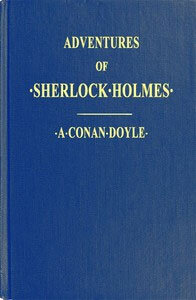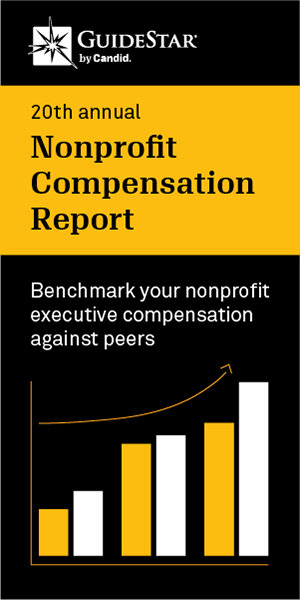Project Gutenberg

Mission: To make information, books, and other materials available to the general public in forms people can easily read, use, quote, and search.
Background: Project Gutenberg — the oldest digital library in cyberspace — was named in honor of Johannes Gutenberg, the 15th-century German printer whose introduction of movable type printing to Europe initiated the printing revolution and the modern era that followed. The site was created in December 1971 by Michael S. Hart, who at the time was an undergraduate at the University of Illinois. Hart initiated the project by keying the Declaration of Independence into a mainframe computer and then sharing it with others on the small university-based network that would become the Internet. Based on the positive feedback he received, Hart went ahead and keyed in the next hundred books himself, and he remained devoted to the project up until his death in 2011. Today, Project Gutenberg is an all-volunteer effort focused on digitizing and archiving cultural works in open, long-lasting formats that can be read and downloaded on almost any computer running almost any operating system. Most of the items in the collection consist of the full text of books in the public domain. As of October 2015, the project could count more than 50,000 items in its collection and was adding an average of more than fifty new files a week. Most of the works in the collection are in English, but it also includes more than fifty works in sixteen languages (including French, German, Spanish, Hungarian, Greek, and Tagalog) and fewer than fifty in dozens more, as well as a few non-text items (i.e., audio and music notation files). Because there is no selection policy dictating which texts can be added, individual volunteers are free to work on or add books they are interested in and/or have at hand. The site also "mirrors" its archives on servers located in six continents.
Outstanding Web Features: Visitors to the site can search for books by title or author, browse a list of popular titles and recent releases, or try their luck with a random search. For more serendipitous searching, visitors can browse the site's bookshelf by category or subcategory, explore the library's Top 100 e-books, or search the general catalog. The top three catalog lists (Popular, Latest, and Random) are also available in a mobile version. The site's Terms of Use are especially helpful in detailing exactly how a visitor is able to freely view books that are in the public domain, as well as the project's stance on licensing as it pertains to downloading items from the site (including deep linking) and how to use the site's OPDS feed. Visitors to the site also can engage with other hosts of Project Gutenberg e-books by navigating to the site's offline catalog, while those interested in volunteering are invited to do so in a variety of ways that include becoming a proofreader, recording an audio book, contributing an essential page or two of lost text, or by promoting the project via the Web. For Project Gutenberg updates, visitors can check out the site's news page, view a list of upcoming titles, join one of the project's mailing lists, or follow the project on Twitter or Facebook. And while visitors are not asked to register with the site, they are invited to make a donation in support of the project's ongoing efforts to obtain and digitize more books.








